Birds with Mohawks – Beautiful Birds With Stunning Crests
Birds with mohawks, or crested birds, are species with distinctive feather tufts on their heads. These…
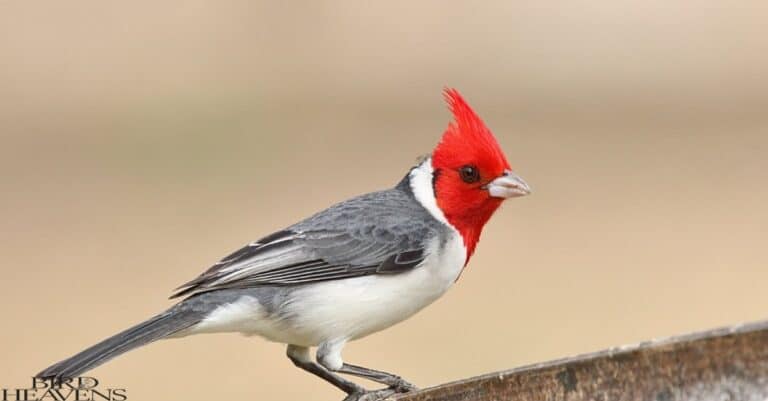
Birds with mohawks, or crested birds, are species with distinctive feather tufts on their heads. These…
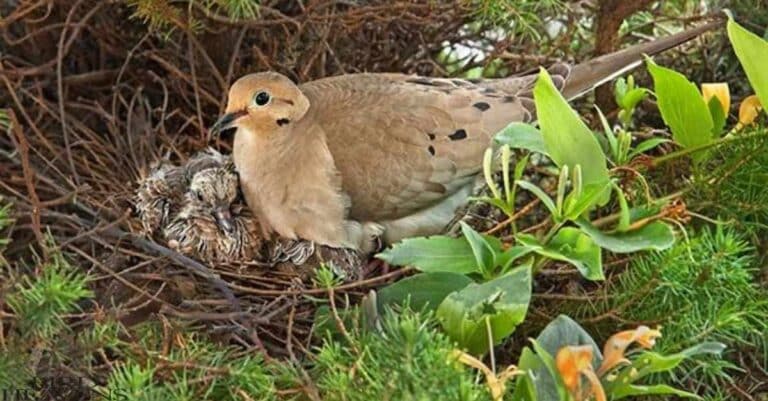
Mourning doves nest in various locations, primarily trees and shrubs, especially coniferous ones, as well as…
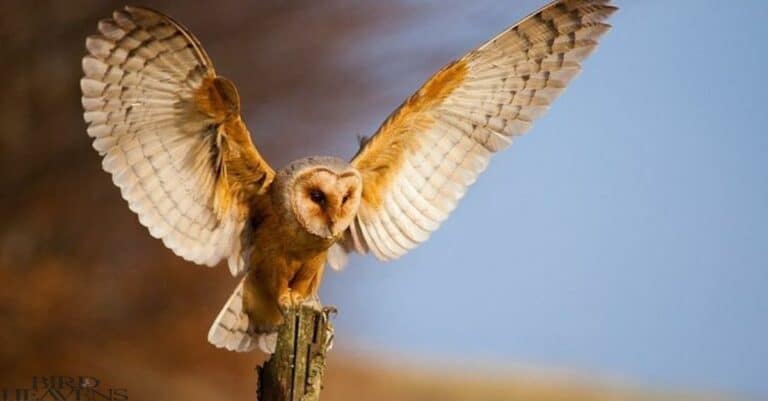
Tennessee is home to fascinating owl species.Following are owls found in Tennessee 1. Barn Owl: Known…
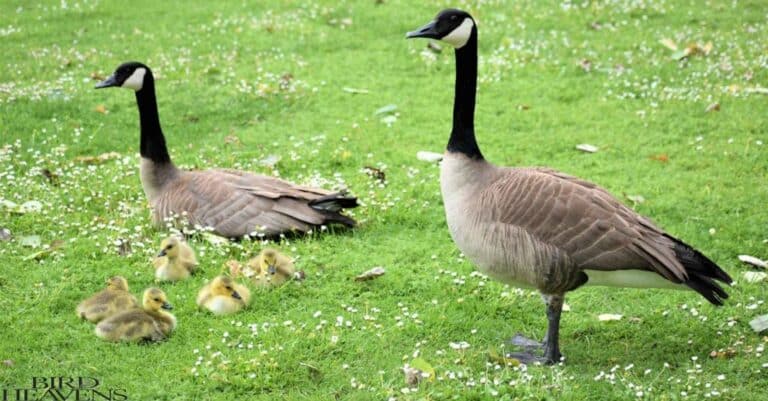
Geese typically lay eggs in spring, from March to May in the Northern Hemisphere. The exact…
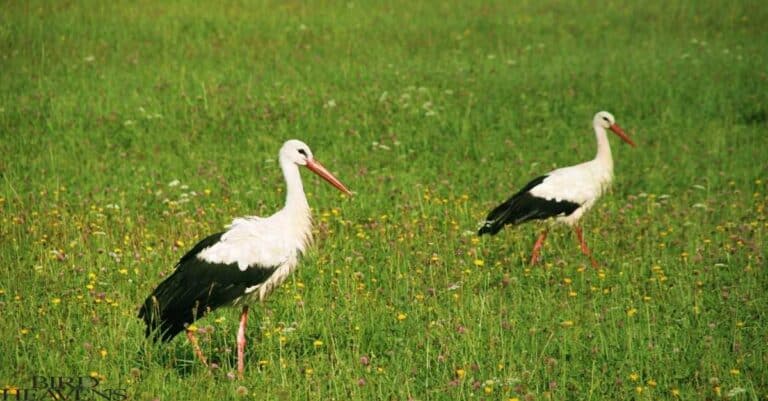
Storks kill their young due to environmental pressures and survival instincts. Food scarcity, harsh weather, and…
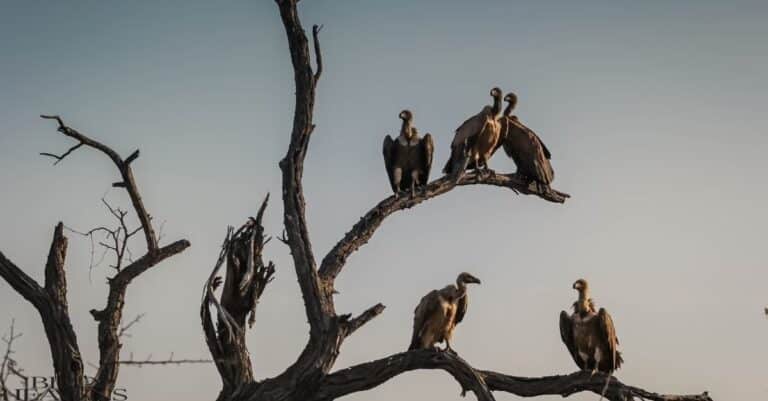
Two Vultures species are found in Texas – Black Vultures and Turkey Vultures. These large scavengers…
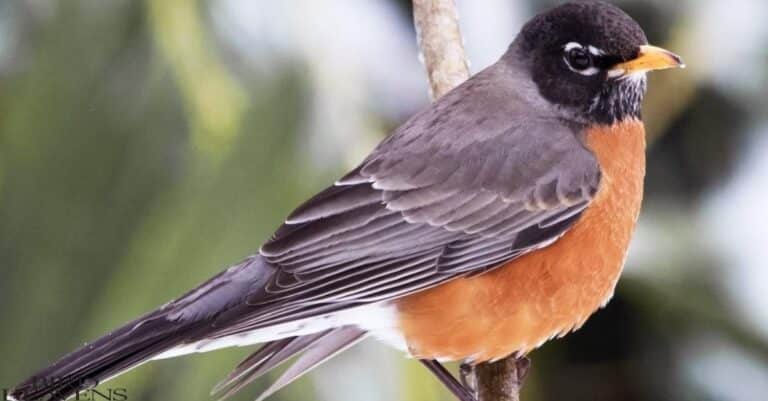
Robins don’t mate for life in the strict sense. They practice seasonal monogamy, forming pair bonds…
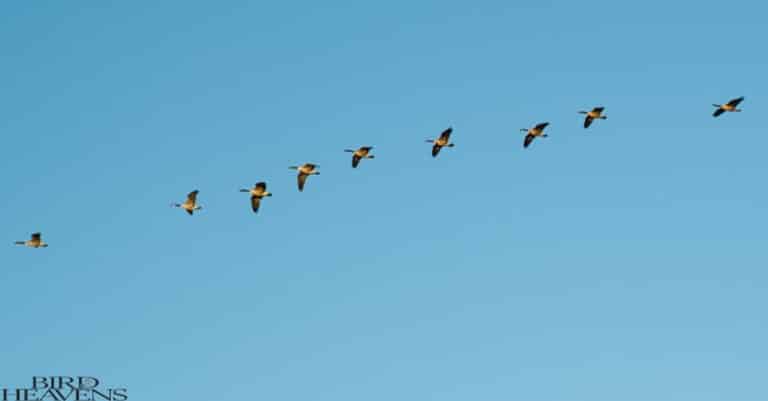
Geese honk while flying for various crucial reasons. Their vocalizations help coordinate landing decisions, maintain navigation…
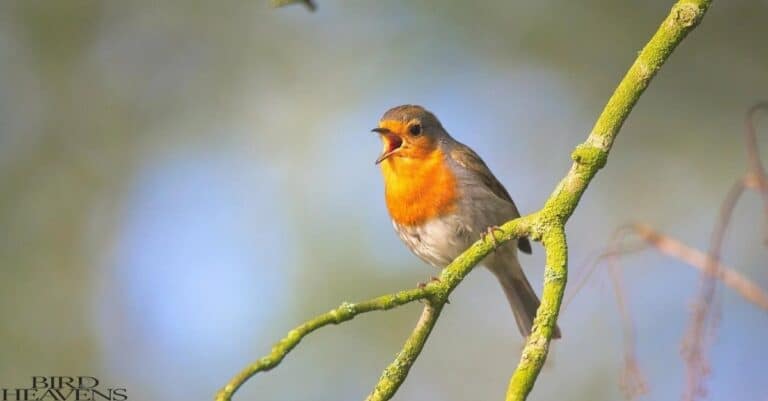
Finches in North Carolina offer a diverse and colorful birding experience. Common species include American Goldfinch,…
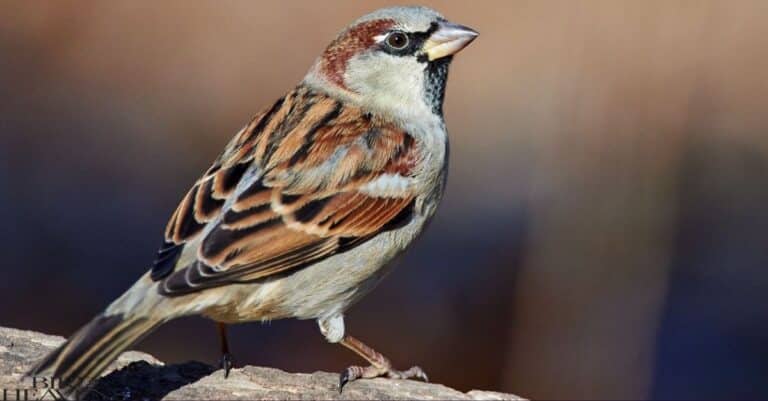
House sparrows are considered problematic because they’re an invasive species that outcompetes native birds for food…